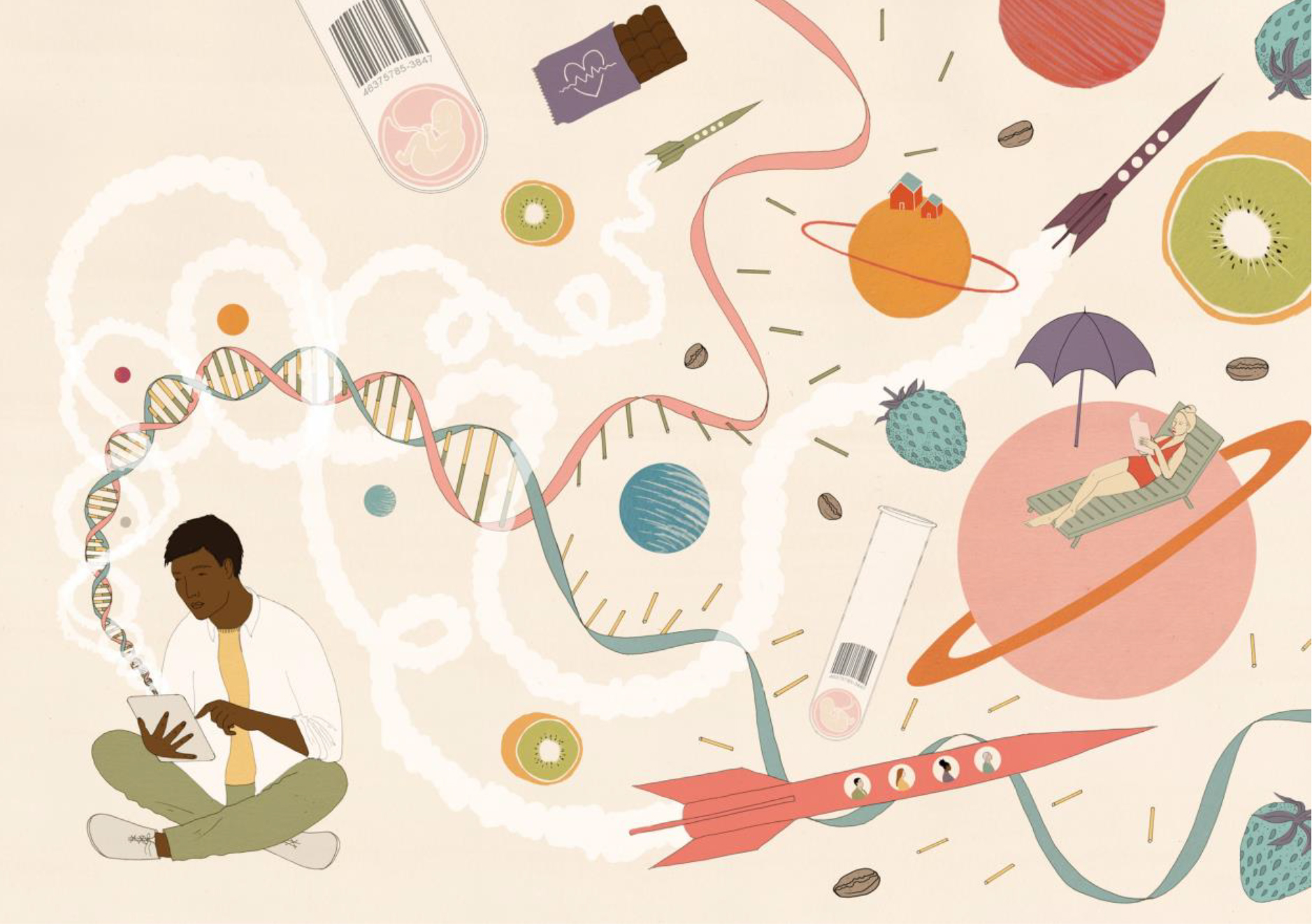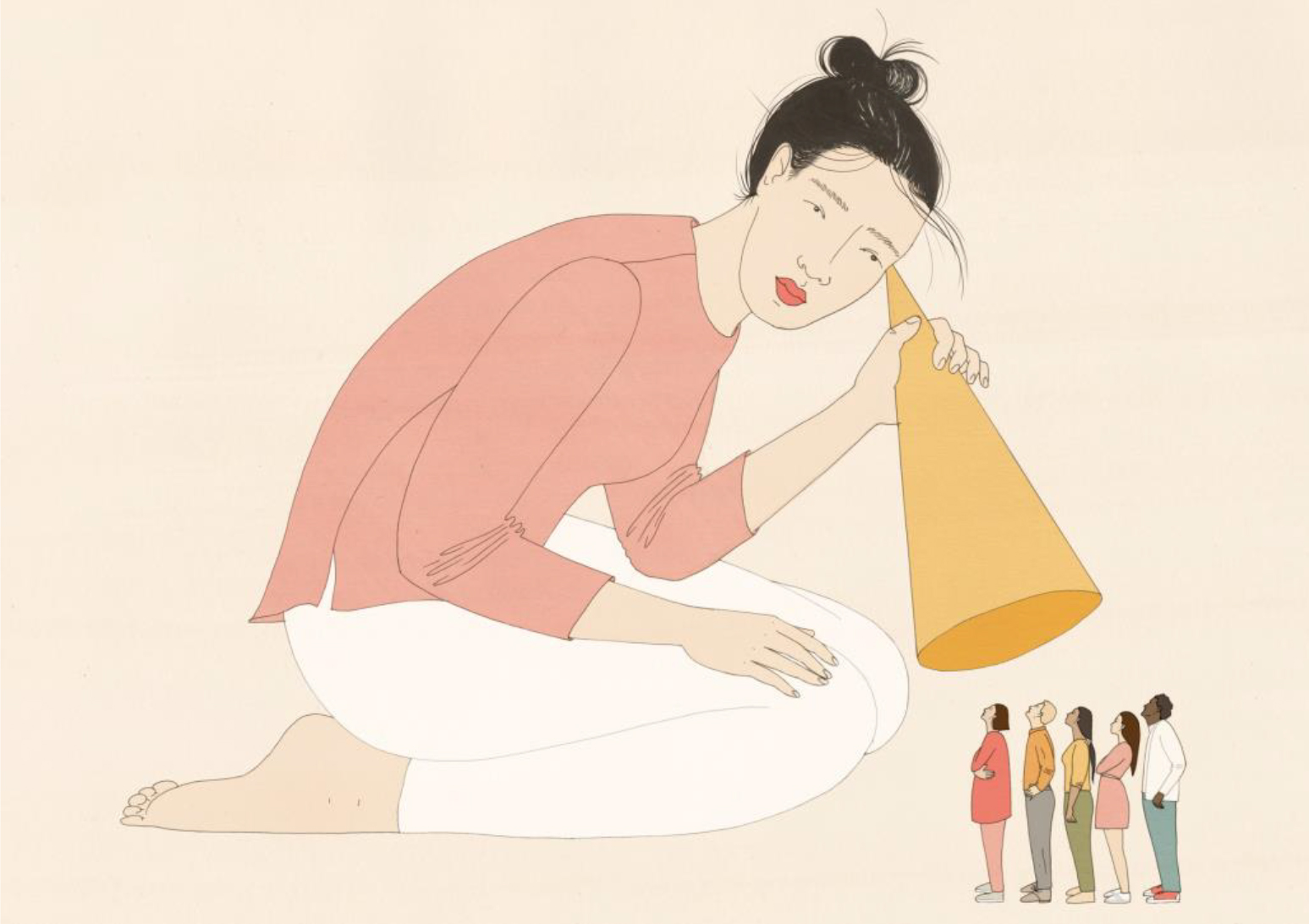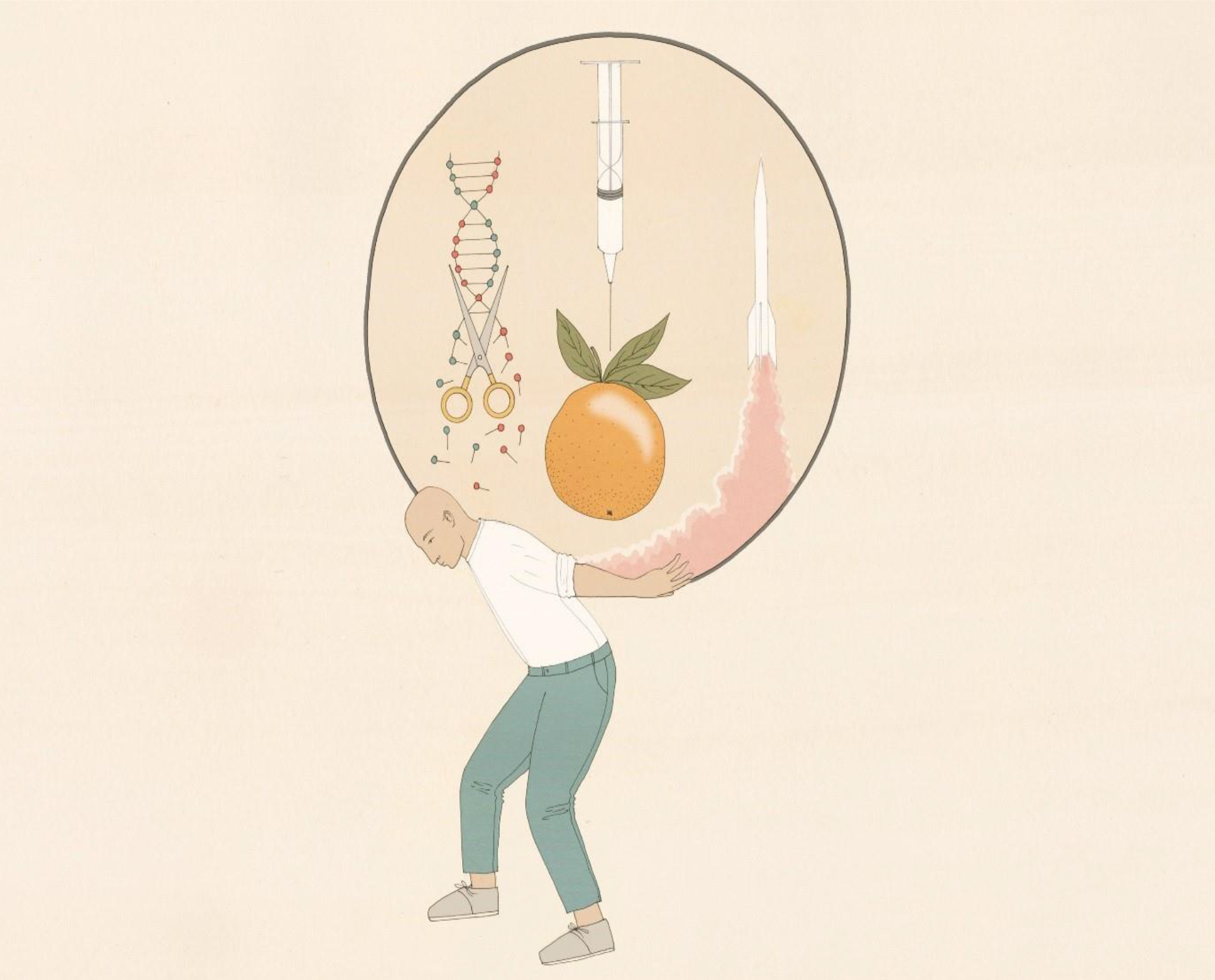Training teachers in science communication by using different methods among which discussion workshops triggered by artistic drawings.
Through PERFORM we chose to integrate performing arts methods into science teaching to explore whether this could impact on engagement with the subject. In particular, we wanted to know whether performance methods could be effective in leading secondary-aged students to develop a more reflective understanding of science and current research and helping them to consider purposes, values and how science becomes reality. PERFORM’s teacher training and subsequent toolkit proposed a range of interactive, creative teaching methods to support teachers to independently integrate discussion on science and society into their classrooms. This article briefly summarises the key resources presented in the toolkit and the thinking behind them. A core value of the arts in general within the curriculum is that it can begin to introduce students to another way of understanding themselves and the world, as well as different ways of expressing the thoughts, experiences and feelings that are not easily expressed in everyday language. As PERFORM comes to a close, we know that performance has been a positive way of enabling students to connect with current research and get to grips with some of the societal and ethical implications of scientific research. Importantly the project also created space for all participants to explore what that means for them on a personal level. One of the Bristol-based ECRs on the project summarised beautifully why using performance was so appropriate:
“Performance is a particular type of art that connects you with yourself and with the audience in a very human way. Performing is all about expressing emotions and expressing them to the audience in order to trigger emotions in them as well. Ethical issues are called “issues” precisely because they generate a struggle inside us. As human beings, this makes us emotional. This is exactly the link between performing arts and ethics. When you are a performer preparing for a show, you usually ask these questions: “how does my character feel?”, “why?”, “what is their context?”, “what actions should they take to solve their issues?”. In the show, the performer places those same questions in the audience’s mind. All the people involved (both the performers and the audience) connect with the topic on an emotional level.”
The PERFORM toolkit for teachers provides resources to support teachers to independently facilitate creative activities to help stimulate discussion on science and society in their lessons. The creative activities include taking part in interactive performance-based activities, watching and unpicking films and de-coding or reflecting on illustrations. The idea is that incorporating creative teaching methods could help to inspire deeper learning and reflection on the broader issues at stake.
We know that drama and storytelling can be exciting way of opening- up dialogue and discussion around complex issues and helping us to find meaning in our lives, which is why it has been such an effective artform to base this project on. For the toolkit however, we were able to consider the benefits of teaching through other artforms too. Working with visual images can also be a brilliantly effective way of reflecting on complex philosophical questions and ethical dilemmas. Strong visual images capture students’ attention and imagination. Many of us are visual learners and there is much research out there to indicate the importance of developing visual literacy – after all visual cues help us to retrieve and retain information. Research on visual learning makes complete sense when you consider that our brain is mainly an image processor and much of our sensory cortex is devoted to vision, rather than being a word processor. So, for the toolkit we selected six ‘science and society questions’ to represent the ethical dilemmas that were debated during PERFORM and we commissioned an illustrator to interpret the questions in a series of specially-created artworks.
‘Reading’ these artworks should support visual learners to decode, interpret, question, evaluate and /or challenge the ethical dilemmas. There are many ways that the images can be used as a standalone resource for teachers to use as they please. For teachers who are less familiar with working with visual images, the toolkit provides the following light-touch advice on how the images could be used: Reflecting on and ‘reading’ these illustrations can be used as a quick ‘focusing activity’ to start a lesson or to introduce a new topic. Separating the image from its corresponding question you could show the illustration on the board and ask students to share personal opinions and initial reactions. You could structure a whole-class discussion with any number of the following questions, or ask the students to get into pairs or small groups to discuss.
- What questions (or individual words) does this image bring to mind? Ask them to write questions on post-it notes and stick them on the board. Share the different questions with the class.
- What is your first reaction to this image?
- How could this relate to our current topic?
- What do you think is going on in different parts of this image?
- Could you try and tell the story of one of the people in the image?
- What message do you think the artist is trying to convey?
Once you have facilitated open discussions you could explain to the students that an artist was asked to illustrate a specific ‘science and society’ question and discuss the image directly in relation to the question. Below are some of the illustrations and their corresponding questions:
WHO SHOULD BE INVOLVED IN DECIDING WHICH RESEARCH PROJECTS GET FUNDED?
SHOULD WE BELIEVE EVERYTHING WE READ ABOUT SCIENCE?

SHOULD SCIENTISTS BE RESPONSIBLE FOR HOW THEIR RESEARCH IS USED?
Artist Harriet Lee -Merrion produces intricate images that represent the inner workings of the mind, often blurring the boundaries of the real, the imagined and the fantastic. Her illustrations visualise complex issues and the tone of her work perfectly captures the philosophical, reflective nature of the questions around science and society that are the focus of this toolkit. Her illustrations for this toolkit contain various elements, creating plenty of scope for inspired discussion within a classroom. Harriet Lee-Merrion is an award-winning illustrator based in Bristol. Her work has been published worldwide and exhibited internationally in New York, London and Berlin for The New Scientist, The Wellcome Trust, The British Library and many other clients.
Images all ©Harriet Lee- Merrion


